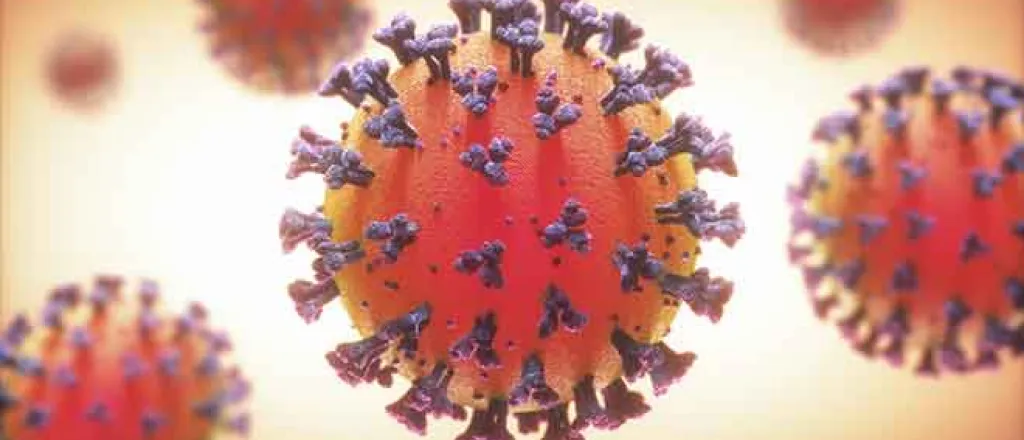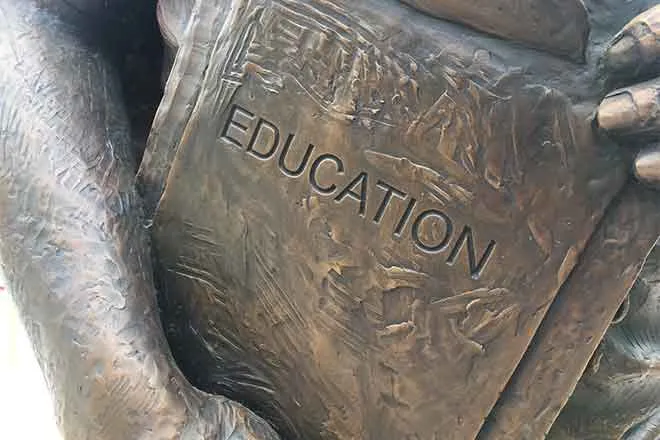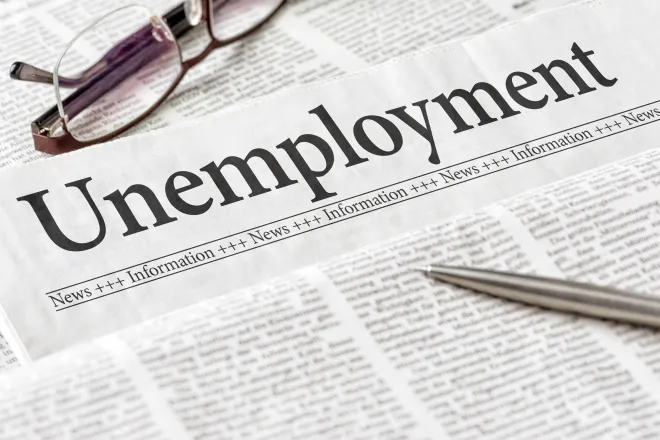
Is the pandemic over?

William Hauk, University of South Carolina; Lisa Miller, University of Colorado Anschutz Medical Campus, and Wayne Au, University of Washington, Bothell
President Joe Biden’s declaration that “the pandemic is over” raised eyebrows and the hackles of some experts who think such messaging could be premature and counterproductive.
But to many Americans who have long since returned to pre-COVID 19 activities and are now being forced back into the office, the remark may ring true.
The problem is that what “back to normal” feels like may differ from person to person, depending on the individual’s circumstances and by what criteria they are judging the pandemic to be over. The Conversation asked three scholars of different parts of U.S. society affected by the pandemic – public health, education and the economy – to evaluate just how “over” the pandemic is in their worlds. This is what they said:
Public health: Not all black and white
Lisa Miller, adjunct professor of epidemiology, University of Colorado Anschutz Medical Campus
President Biden has answered the question of whether the pandemic is over with a clear ‘yes,’ but this is not a black and white issue.
It is true that, thanks to widespread immunity from vaccines and infections, the U.S. is in a very different place than the country was even a year ago. But as an epidemiologist, I think the continued occurrence of between 350 and 400 deaths in the U.S. every day and hundreds of deaths per week in other countries around the world still constitutes a pandemic.
I understand the need Biden faces as a public figure to try to succinctly state where the country is and provide some hope and reassurance, but public health experts are still in a situation where no one can predict how the virus will mutate and evolve. These mutations may make the virus less dangerous, but it is also possible that the next variant could be more harmful.
At the end of the day, it doesn’t matter what you call the current situation – COVID-19 still poses a significant, ongoing risk to the world. Pandemic or not, it is important to continue investing in the development of improved vaccines and bolstering the preparedness of the medical and public health systems. As COVID-19 wears on, the risk is that decision-makers will lose sight of these important goals.
The economy: Back to a new normal?
William Hauk, associate professor of economics, University of South Carolina
As an economic researcher, I can speak to the impact of the COVID-19 pandemic on the economy and its lingering effects.
And the good news is that the worst of the pandemic’s impact on the economy ended some time ago. After spiking to a postwar high of 14.7% in April 2020 as the ravages of the pandemic were taking its toll, the unemployment rate has been at 4% or lower for all of 2022. Notably, in the August employment report, the total number of employed workers in the U.S. exceeded its pre-pandemic high for the first time.
While the labor market has largely recovered, there are still economic ripples from the pandemic that the U.S. will be feeling for some time.
There are still supply-chain difficulties in some key areas, like computer chips. While we might have expected stronger recoveries in this area, geopolitical issues, such at the war in Ukraine, continue to cause problems. As a result, a full recovery may not occur for a while and may hamper efforts to fight higher inflation.
Finally, many Americans may be reevaluating their work-life balance as a result of the pandemic. The aggregate labor force numbers suggest that the “Great Resignation” might be more of a job reshuffle. However, the rise of “quiet quitting” – the phenomena of employees limiting their productivity and not going “above and beyond” – may lead many to conclude that workers are not as intrinsically motivated by their work as they were prior to COVID-19.
So while the “pandemic” phase of COVID-19 may be over for the economy, the rise of a new normal might be seen as the start of an “endemic” effect. That is, we are no longer in an emergency situation, but the “normal” that we are returning to may differ in many ways from the pre-COVID world.
The schools: Pandemic exacerbated gaps
Wayne Au, professor of education, University of Washington, Bothell
While it is true that public schools may have largely returned to “normal” operations in terms of no mandatory masking, a return to using high-stakes tests to measure teaching and learning, and in-person attendance policies, schools are not done with the pandemic.
The pandemic-induced traumas that many students have faced at home – through the deaths of friends and family, the impact of long COVID, isolation and anxiety brought on by the job insecurity of parents, and unequal access to health care – live inside of them as they attend classes today.
Many students are having to relearn how to be with each other in person and in social and academic settings. Moreover, students in low-income families are still trying to overcome the consequences of inequitable access to resources and technology at home during remote schooling.
The gaps in educational outcomes right now are the same as before the pandemic and appear at the intersection of race, class and immigration. In the same way the pandemic has exacerbated socioeconomic inequalities generally, it has similarly widened already-existing educational inequalities.
Additionally, the pandemic-related strains on the teachers and districts have resulted in staffing shortages around the country, creating increased instability for learning in schools and classrooms.
These problems have been intensified by the pandemic and may impact students – predominantly from lower-income backgrounds – for years to come.![]()
William Hauk, Associate Professor of Economics, University of South Carolina; Lisa Miller, Adjunct Professor of Epidemiology, University of Colorado Anschutz Medical Campus, and Wayne Au, Professor of Education, University of Washington, Bothell
This article is republished from The Conversation under a Creative Commons license. Read the original article.
















